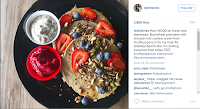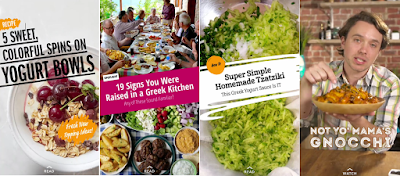The power of social media has been crazy for this campaign. The fire started when Waleed Aly, presenter on The Project discussed the topic in a segment on TV. The clip was uploaded to Facebook, and was spread around and seen by thousands of Aussies. It was shared across multiple platforms, being YouTube and Twitter. Aly explains the milk crisis, sharing interviews with farmers, getting Australia to really understand the importance of backing Aussie farmers.
This is a perfect example of viral marketing - Not only did the video go viral, but it has also sparked a movement; people are swapping supermarket brand milk for SA produced milk in order to support the local dairy industry.
For more info, you guys can visit this link, or view the Wahleed Aly's video below.
What will you do to help?







































